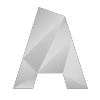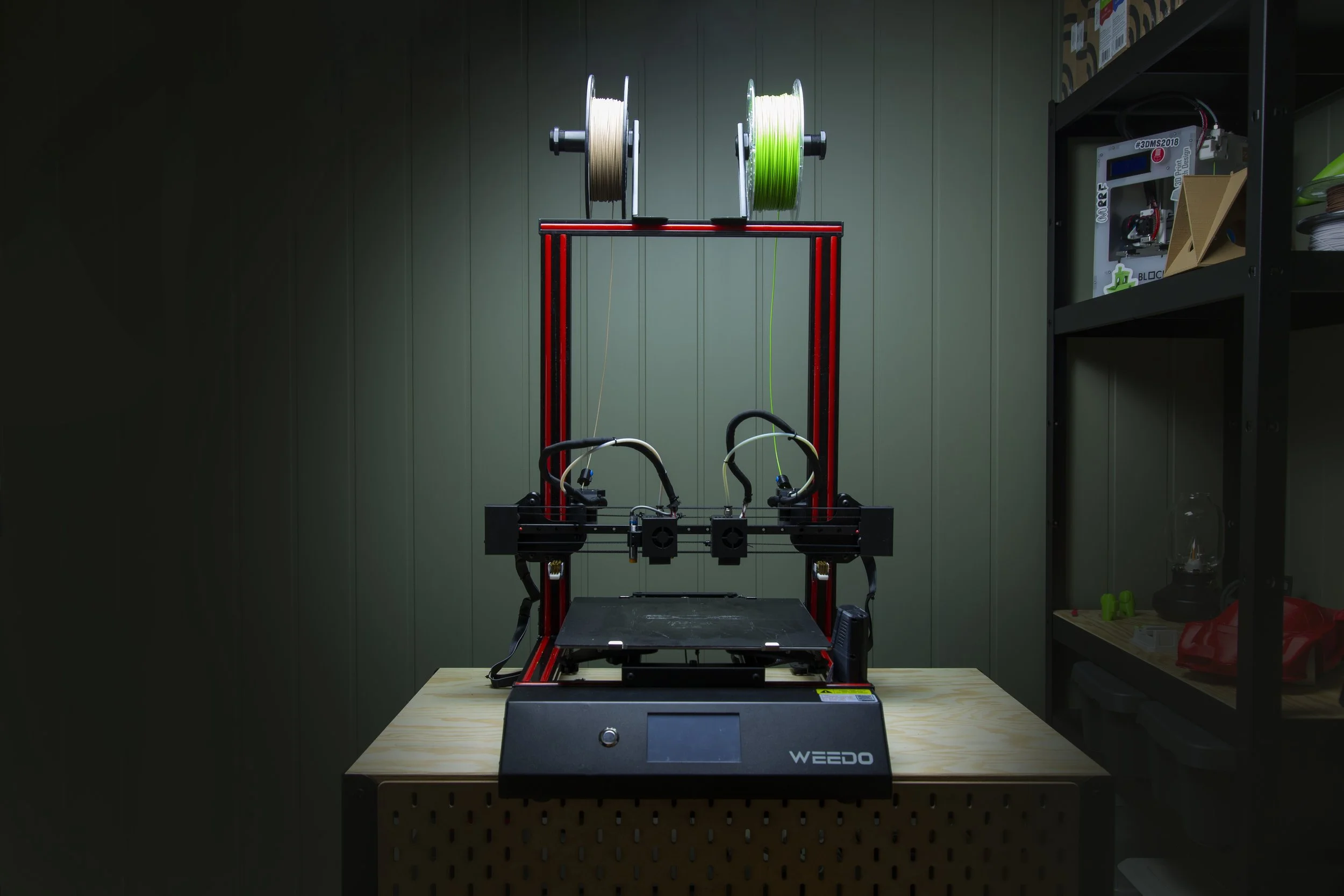Weedo X40 IDEX Dual Extruder Review
Hands on review from 2021, Kickstarter sample.
Review Summary
The Good
Mostly assembled
Nozzle Cleaners
Mirror/duplication modes
IDEX at budget price
The Bad
Noisy
Not enclosed
Limited IDEX software control
The Weedo X40 IDEX 3D Printer showed potential in terms of hardware. But at the time of review, software lacked behind.
Specifications:
Build Volume: 300 x 300 x 400 mm
Number of Extruders; 2 (IDEX)
Filament: 1,75 mm
Nozzle size: 0.4 mm
Heted Buildplate
Add-on camera for monitoring
Slicer: Wiibuilder (and “support” for cura)
What is IDEX 3D Printing?
Most people think of printing two colors when using more than one extruder. You can for example combine black and white in a print, to create text, patterns or other effects.
Some 3D Printers have two extruders and hotends mounted on the same “tool head” which is great in terms of simplicity, but increases the risk of color-contamination. Meaning that the hot-end not printing will “ooze” color into the other hot-ends part.
An IDEX 3D-printer have separated the two extruders on one axis, so the inactive extruder complete moves away, off the print bed during printing.
Mirror and duplication
The IDEX also allows for the option to print with both extruders at once. Dividing the print bed into half, printing the same part either mirrored or duplicated. This really speeds things up when you’re doing mass-production.
Challenges with IDEX dual extrusion
For any dual extruder 3D printer, it’s important to control how you use the two extruders. Maybe more so with an IDEX.
You want your software to handle printing different material combinations, different colors, layers heights and even different nozzle sizes between the extruders.
Otherwise you end up trying to hack together gcode that handles how the inactive hotend cools down, moves away, purges, heats up and all that. Get it wrong and you end up with stringing, lack of extrusion each change of extruder and bad adhesion between materials.
This is what I experienced with the Weedo X40, not having proper IDEX integration in the software.
Most of the features were there on the surface, but not really tuned.
It was a challenge getting features like solvable support materials (PVA) to work with PLA for example.
To get the full picture I recommend watching the review video here for a proper conclusion of my review of the Weedo X40 IDEX 3D Printer
What others say
The 3D Printing Zone Review
ModBots Review

